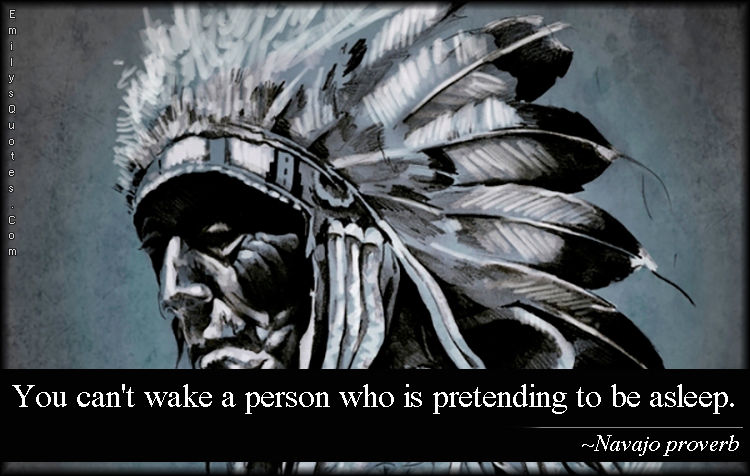There are 19,400 results to counter the topic.... want to read all.....???
[h=1]
9 Scientific Facts Prove the "Theory of Evolution" is False[/h]
Darwin's complete quote can be found
here
------------------------------------------------------------------------------------------------------------------------------
This article will prove that the Theory of Evolution fails many challenges, not simply one.
The Theory of Evolution will never become a law of science because it is wrought with errors. This is why it is still called a theory, instead of a law. The process of natural selection is not an evolutionary process.
The DNA in plants and animals allows selective breeding to achieve desired results. Dogs are a good example of selective breeding. The DNA in all dogs has many recessive traits.
A desired trait can be produced in dogs by selecting dogs with a particular trait to produce offspring with that trait. This specialized selective breeding can continue for generation after generation until a breed of dog is developed. This is the same as the "survival of the fittest" theory of the evolutionists.
Many different types of dogs can be developed this way, but they can never develop a cat by selectively breeding dogs. Natural selection can never extend outside of the DNA limit. DNA cannot be changed into a new species by natural selection. The same process of selective breeding is done with flowers, fruits, and vegetables.
New variations of the species are possible, but a new species has never been developed by science. In fact, the most modern laboratories are unable to produce a left-hand protein as found in humans and animals. Evolutionist fail to admit that no species has ever been proven to have evolved in any way. Evolution is simply pie-in-the-sky conjecture without scientific proof.
If natural selection were true, Eskimos would have fur to keep warm, but they don't. They are just as hairless as everyone else. If natural selection were true, humans in the tropics would have silver, reflective skin to help them keep cool, but they don't. They have black skin, just the opposite of what the theory of natural selection would predict.
Read more at:
http://humansarefree.com/2013/12/9-scienctific-facts-prove-theory-of.html


